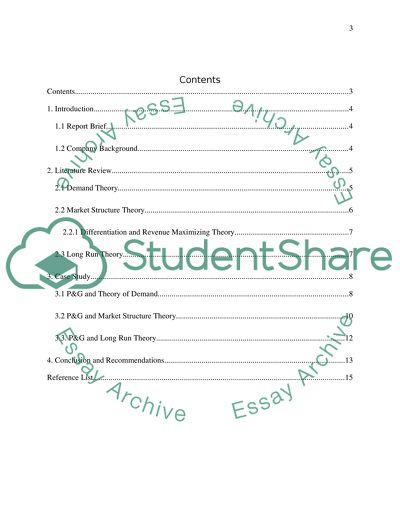Cite this document
(“Economics Assignment Essay Example | Topics and Well Written Essays - 1750 words”, n.d.)
Retrieved from https://studentshare.org/macro-microeconomics/1491844-economics-assignment
Retrieved from https://studentshare.org/macro-microeconomics/1491844-economics-assignment
(Economics Assignment Essay Example | Topics and Well Written Essays - 1750 Words)
https://studentshare.org/macro-microeconomics/1491844-economics-assignment.
https://studentshare.org/macro-microeconomics/1491844-economics-assignment.
“Economics Assignment Essay Example | Topics and Well Written Essays - 1750 Words”, n.d. https://studentshare.org/macro-microeconomics/1491844-economics-assignment.


